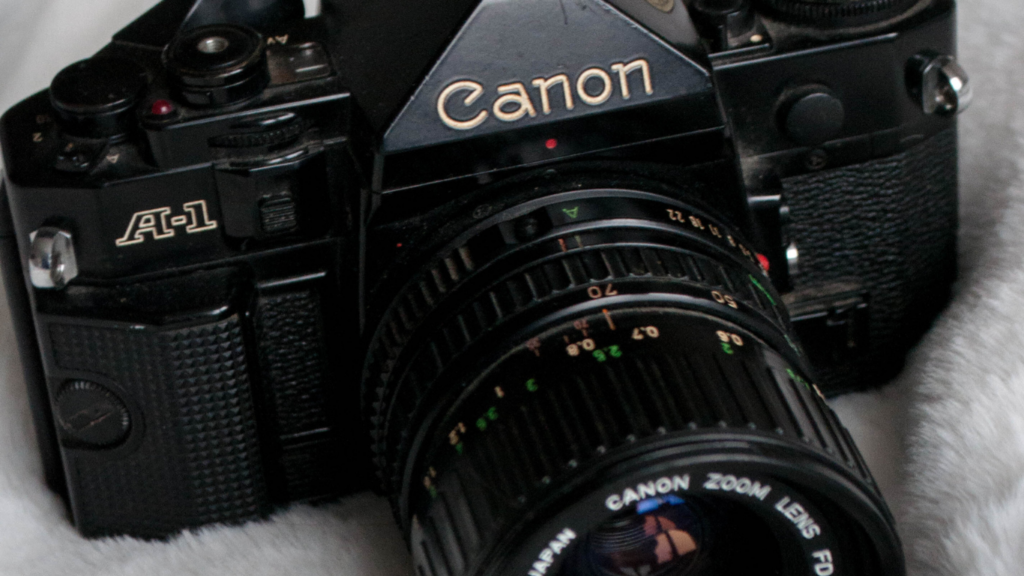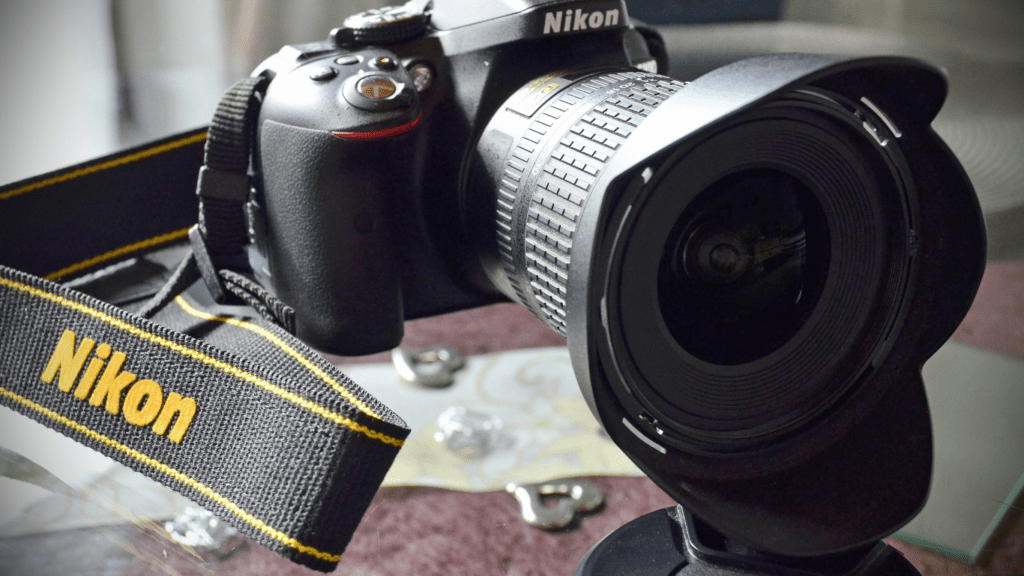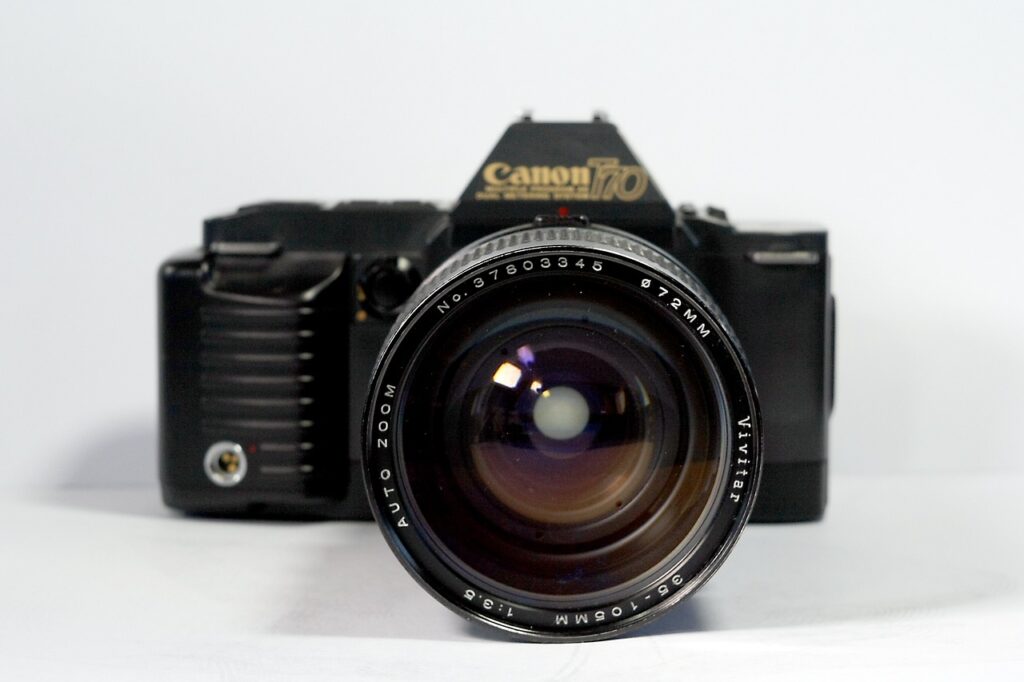When it comes to mirrorless cameras, two names dominate the conversation—Canon’s R Series and Nikon’s Z Series. Both brands have redefined what’s possible in photography, offering cutting-edge technology and exceptional performance. But if you’re trying to decide between the two, the choice can feel overwhelming.
Overview Of Canon R Series And Nikon Z Series
Canon’s R Series and Nikon’s Z Series represent their brands’ flagship mirrorless camera lineups. Canon introduced the R Series in 2018, starting with the EOS R, while Nikon debuted the Z Series in the same year with the Z6 and Z7. Both systems aim to deliver cutting-edge technology for photographers transitioning from DSLR to mirrorless cameras.
The Canon R Series offers a diversified range, including models like:
- R10 for beginners
- R6 for enthusiasts
- R3 for professionals
These cameras feature innovative Dual Pixel CMOS AF, advanced image stabilization, and DIGIC X processors, prioritizing speed, accuracy, and low-light performance.
The Nikon Z Series, with options such as the Z50 for hobbyists, Z7II for high-resolution work, and Z9 for action photography, focuses on exceptional build quality and adaptability. Powered by EXPEED processors and featuring advanced phase-detection AF, these cameras deliver sharp image quality and robust 4K video capabilities.
Both systems offer native full-frame and APS-C sensors, support a new lens mount, and leverage growing lens ecosystems. Photographers can utilize a mix of native RF/FX lenses or adapt older EF/F-mount lenses, ensuring flexibility and choice.
Image Quality Comparison
Canon R Series and Nikon Z Series both target exceptional image quality, but their performance varies across key metrics, influencing the ideal choice for specific photography needs.
- Sensor Performance
Canon R Series cameras use Dual Pixel CMOS sensors, emphasizing fast autofocus and high sensitivity. Models like the EOS R5 offer 45 MP resolution, delivering detailed images for landscape and commercial photography. Nikon Z Series cameras incorporate back-illuminated sensors for higher light efficiency. The Z7II, with its 45.7 MP sensor, achieves excellent dynamic range and sharpness, ideal for capturing intricate details.
- Low-Light Capability
Canon R systems excel in low-light conditions with DIGIC X processors reducing noise at higher ISO levels. The R6, for example, performs reliably up to ISO 102,400. Nikon Z Series cameras, like the Z6II, maintain impressive low-light performance via EXPEED 6 processors and advanced noise reduction, providing a usable range up to ISO 51,200. Canon offers a marginal lead at extreme ISO settings.
- Color Accuracy
Canon R Series prioritizes warm tones, producing vivid, true-to-life colors, particularly for skin tones. Photographers often use Canon for portraiture and event photography due to its consistent rendering. Nikon Z Series emphasizes neutral tones, ensuring balanced hues and superior post-processing flexibility. The Z7II’s RAW files retain more detail, suiting professional workflows.
Autofocus And Speed
Canon R Series and Nikon Z Series cameras demonstrate impressive capabilities in autofocus and continuous shooting, catering to diverse photography needs. I compared both systems based on their performance in these areas.
Autofocus Technology
Canon R Series cameras feature Dual Pixel CMOS AF, offering up to 1,053 focus points in models like the EOS R5. This system provides fast, accurate focusing with strong subject tracking, especially for video and high-motion scenarios. Eye detection and Animal AF enhance usability for wildlife and portrait photographers.
Nikon Z Series employs advanced phase-detection AF with 493 points in flagship models like the Z9. The system achieves superior tracking accuracy, even in complex environments, aided by intelligent subject-recognition algorithms. Low-light AF performance remains competitive, with sensitivity down to -6 EV on the Z7II.
Continuous Shooting
Canon R Series excels in high-speed photography with models like the R3, capable of 30 fps using the electronic shutter. Ideal for sports or wildlife, this speed ensures rapid capture without compromising image quality. DIGIC X processors minimize delays and enhance responsiveness.
Nikon Z Series matches this performance in pro-level cameras like the Z9, delivering 30 fps in JPEG and 20 fps in RAW. Mechanical shutter speeds slightly lag but still provide up to 14 fps in models like the Z7II, perfect for action photography requiring high resolution.
Lens Ecosystem And Compatibility

Both Canon R Series and Nikon Z Series offer robust and expanding lens ecosystems, catering to diverse creative needs. Understanding native lens options and adaptability to legacy lenses highlights the flexibility and potential of each system.
Native Lens Options
The Canon R series employs the RF mount, featuring over 30 RF lenses ranging from versatile zooms like the RF 24-70mm f/2.8L IS USM to premium primes like the RF 85mm f/1.2L USM. These lenses provide high optical performance, leveraging the wide 54mm mount diameter for better light transmission and sharpness.
Nikon’s Z Series utilizes the Z mount, which includes more than 25 Z lenses such as the Z 24-70mm f/2.8 S for general usage and Z 58mm f/0.95 S Noct for exceptional low-light capability. The 55mm mount diameter allows for innovative designs and remarkable edge-to-edge clarity.
Adaptability To Legacy Lenses
Canon supports EF and EF-S lenses with the EF-EOS R adapter. This adaption retains full autofocus and image stabilization, ensuring compatibility for photographers with older gear. Specialty adapters, like the Drop-In Filter Mount Adapter, enhance creativity by incorporating variable ND or polarizing filters.
Nikon F-mount lenses are compatible with Z mount cameras via the FTZ II adapter. This adapter maintains autofocus and exposure functionalities for most F-mount lenses, including AF-S and AF-P types, making the Z Series an attractive choice for longtime Nikon users looking to integrate legacy gear.
Video Capabilities
Both Canon’s R Series and Nikon’s Z Series offer advanced video capabilities, making them ideal for videographers and content creators. Each series integrates cutting-edge features to deliver high-quality footage with reliability and precision.
4K And Beyond
Canon R Series cameras support 4K recording across all models, with higher-end models like the R5 offering 8K RAW video at up to 30fps, ensuring ultra-high-resolution output for professional projects. The R6 provides unlimited 4K recording at 60fps, making it a popular choice for event videographers. Canon includes oversampling technology in models like the R5 for sharper, more detailed footage.
Nikon Z Series offers 4K UHD recording across all models, with the Z9 stepping into 8K recording at 30fps and 4K at up to 120fps, ideal for slow-motion footage. The Z6II and Z7II use full sensor readouts to minimize cropping, delivering excellent video quality. Nikon also supports 10-bit N-Log and ProRes RAW, catering to professionals seeking advanced grading options.
Stabilization Features
Canon integrates In-Body Image Stabilization (IBIS) with up to 8 stops of correction in models like the R5 and R6 when paired with compatible RF lenses. This feature delivers smooth handheld videos, even in challenging conditions. The coordinated control between IBIS and optical image stabilization enhances performance for both stills and video.
Nikon incorporates up to 5-axis IBIS in its Z Series, which provides effective stabilization for native Z lenses and adapted F-mount lenses. The Z9 takes stabilization further with in-camera electronic vibration reduction (e-VR), reducing motion artifacts during handheld shooting. Nikon’s IBIS performs consistently across a range of lens focal lengths, ensuring flexibility for various shooting scenarios.




